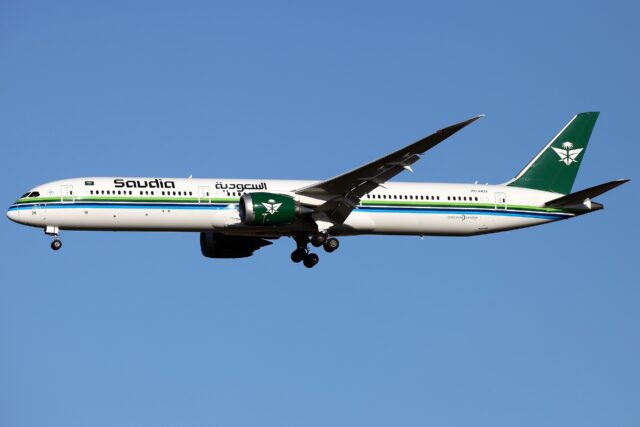Singapore upgrades tactical UAV capability with Hermes 900 from Israel’s Elbit Systems

November 6, 2025
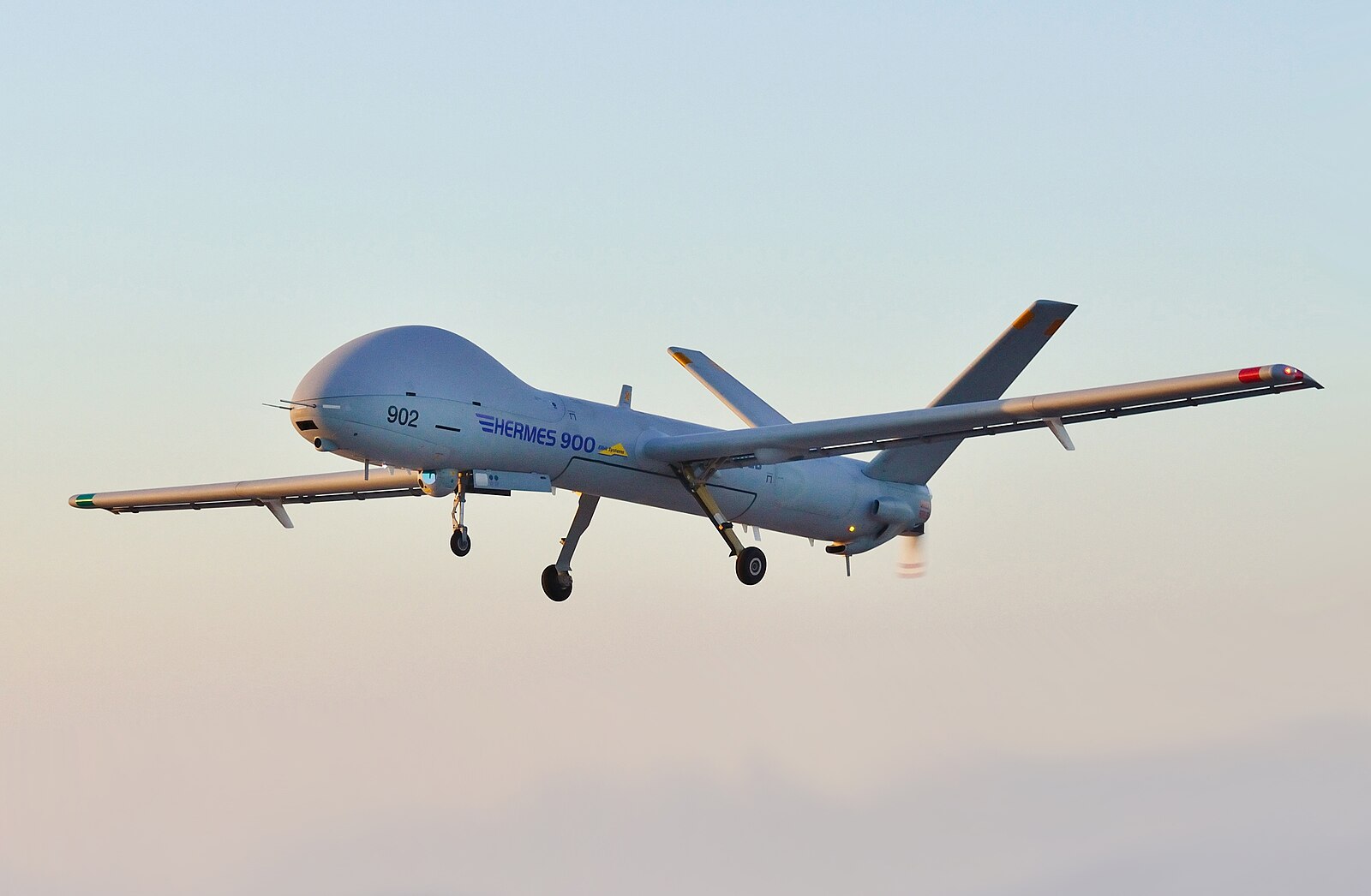
Singapore’s military is preparing to introduce a new generation of Israeli-built drones as part of its long-term modernisation drive.
The Republic of Singapore Air Force (RSAF) has confirmed it will field Elbit Systems’ Hermes 900 unmanned aerial vehicles (UAVs), phasing out the older Hermes 450 models that have served for nearly two decades.
The decision marks the start of a new chapter in Singapore’s unmanned aviation programme, with the Hermes 900 promising more than double the range and endurance of its predecessor, staying aloft for up to 36 hours at altitudes of around 30,000 feet.
The acquisition forms part of the Singapore Armed Forces’ broader SAF 2040 transformation plan, which focuses on automation, resilience, and greater situational awareness.
A shift to longer-range, all-weather Hermes 900 drones
The Hermes 900 is classed as a medium-altitude, long-endurance (MALE) UAV and represents Elbit’s most advanced operational design.
Built to operate in all weather conditions, the aircraft features a 15-metre wingspan and can carry up to 300 kilograms of sensors and surveillance payloads. It can be equipped with electro-optical cameras, infrared scanners, and maritime radar, providing commanders with real-time imagery and intelligence across vast areas.
By comparison, the outgoing Hermes 450, which entered RSAF service in 2007, could remain airborne for roughly 18 hours. While the earlier model has proven reliable, officials said it is now “becoming obsolete” as operational demands evolve.
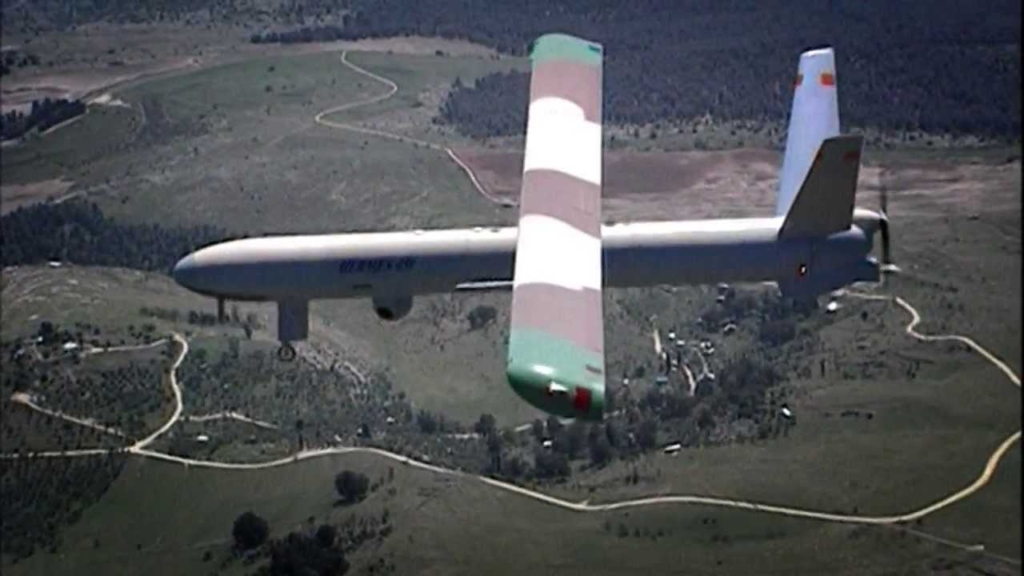
“The Hermes 900 effectively doubles the flight duration and altitude, while adding satellite-based communications that allow remote operation from greater distances,” an Elbit Systems official said.
“Through robust and thorough evaluations, the Hermes 900 was assessed to best meet the SAF’s operational needs,” the Ministry of Defence (MINDEF) added.
Deliveries will take place in stages, allowing crews to transition while maintaining reconnaissance operations. However, MINDEF did not disclose the delivery schedule.
Hermes 900 strengthens Singapore’s multi-tier UAV fleet
The Hermes 900 will form the centrepiece of a broader upgrade to Singapore’s unmanned systems.
Alongside the larger Heron 1, which provides strategic-level surveillance, and the recently introduced Orbiter 4, the Hermes 900 fills the medium-range segment of the RSAF’s UAV fleet.
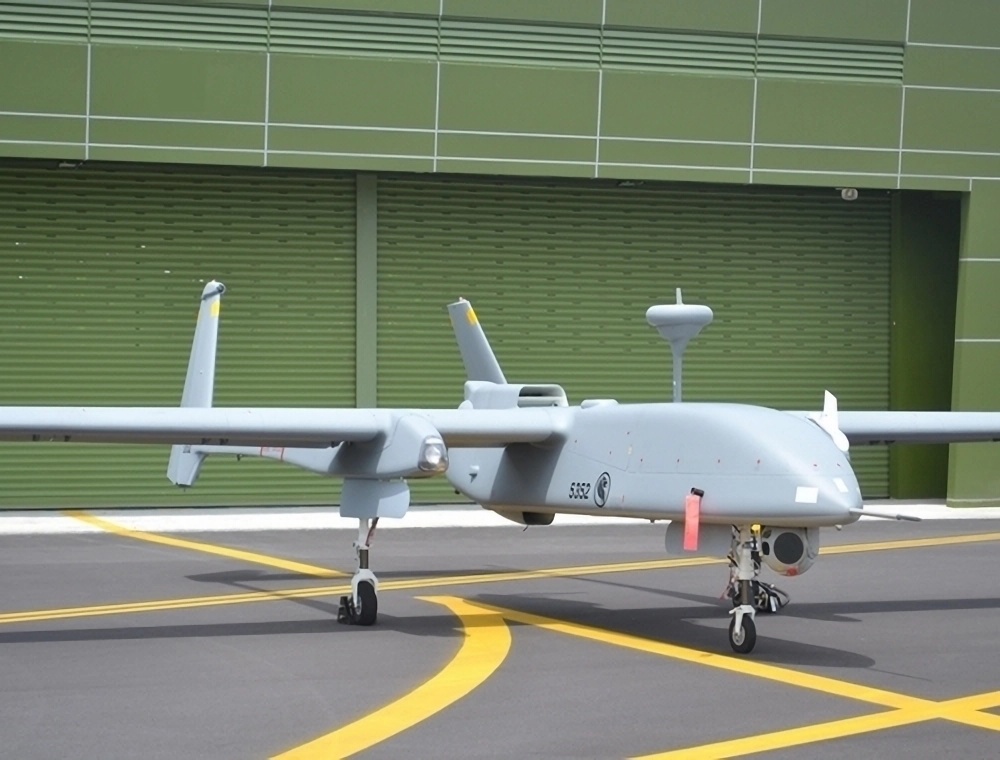
Together, these aircraft support missions including coastal monitoring, search and rescue, battlefield intelligence, and communications relay.
During recent exercises, Singapore has also experimented with commercial drones for low-altitude tasks, but defence planners say purpose-built platforms like the Hermes 900 remain essential for high-reliability operations in complex airspace. Training for new operators is underway at dedicated facilities, with infrastructure upgrades planned at existing airbases.
Hermes 900: A proven export success for Elbit Systems
For Elbit Systems, the Singapore deal adds to a growing list of international customers. The Hermes 900 is already operational in more than 20 countries, including Brazil, Mexico, Chile, and Switzerland.
It has been adapted for both military and civilian missions such as border patrol, disaster relief, and maritime surveillance.
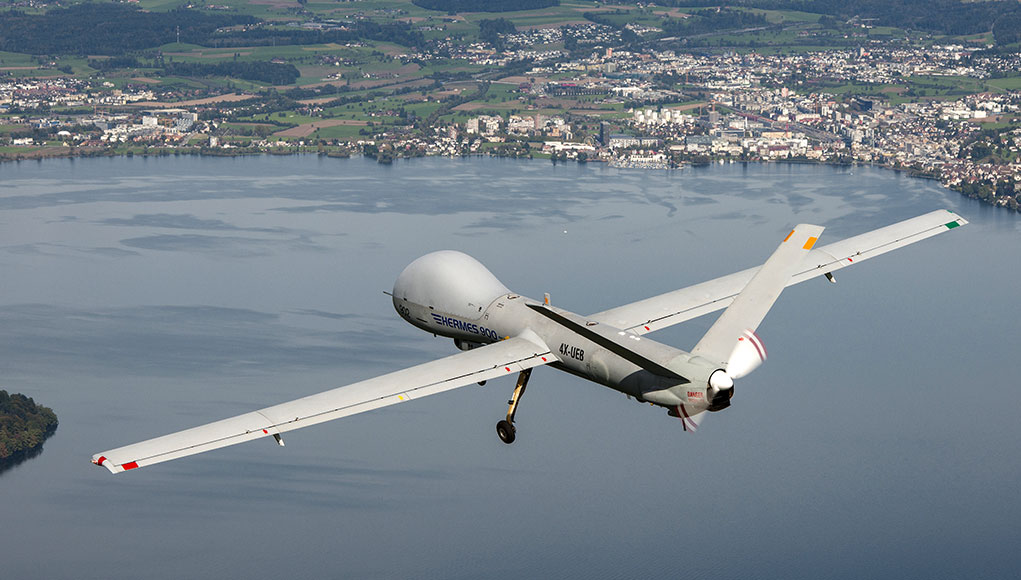
In September 2025, Elbit announced a $120 million Hermes 900 contract for an undisclosed international buyer, believed to involve long-range coastal surveillance operations—now confirmed to be Singapore’s RSAF.
Israel–Singapore defence ties deepen with new UAV deal
Singapore’s choice to continue sourcing advanced unmanned systems from Israel highlights a defence partnership that has quietly endured for decades.
When the nation gained independence in 1965, it turned to Israel to help build its armed forces from the ground up. Formal diplomatic ties followed in 1968, though cooperation between the two countries has largely remained low-profile due to regional sensitivities.
Since then, Singapore has steadily drawn on Israeli technology across a wide spectrum of defence programmes, from Barak surface-to-air missiles to Python and Derby air-to-air weapons, and earlier generations of UAVs, including the Heron and Hermes 450.
In 2022, Singapore elevated its diplomatic presence in Israel from a consulate to a full embassy in Tel Aviv, marking a more open phase in their long-standing cooperation.
During a 2016 visit by the Prime Minister of Singapore, Lee Hsien Loong, to Jerusalem, Israeli Prime Minister Benjamin Netanyahu explained the unique relationship between the two nations.
“We have built dynamic, prosperous economies, despite our small size and our limited natural resources,” Netanyahu said. “We both understand that strong economies with a very powerful incentive for enterprise are the foundations of strong countries, and our cooperation with each other has made each of us even stronger.”
The acquisition of the Hermes 900 underscores this partnership, pairing Israel’s deep expertise in unmanned systems with Singapore’s drive toward an integrated, data-centric defence force.
Hermes 900 aligns with Singapore’s SAF 2040 vision
The induction of the Hermes 900 aligns with Singapore’s long-term SAF 2040 plan, which aims to build a “future-ready” military by the end of the next decade.
The initiative harnesses automation, artificial intelligence, and advanced networking to give the armed forces faster decision-making and greater reach across land, sea, and air domains.
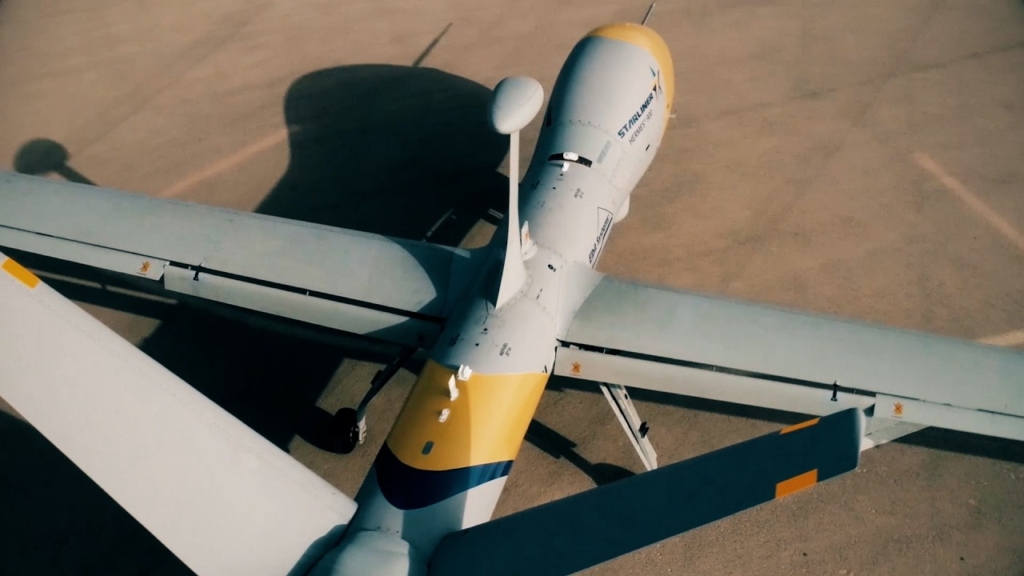
MINDEF officials said the introduction of the Hermes 900 will help the RSAF maintain persistent situational awareness over its air and maritime boundaries—an increasingly critical capability as regional air traffic and maritime activity expand.
The gradual replacement of the Hermes 450 will ensure operational continuity while new ground control systems and data-analysis infrastructure come online.
The RSAF is expected to phase in the Hermes 900 fleet over several years, with full operational capability likely by the end of the decade.



